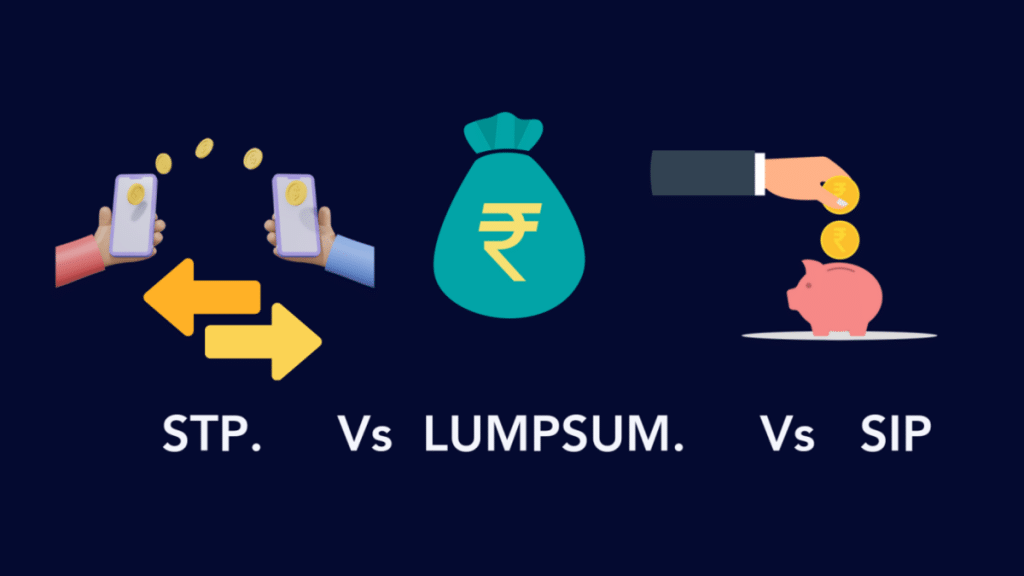Moving your funds across various mutual funds can be a cumbersome and complex process, especially if you are new to the world of investing. There are basically two ways you can transfer funds from one mutual fund to another: Through a Systematic Transfer Plan (STP) or through a lump sum transfer. In this article, we will take a closer look at both STP and lump sum transfer methods to understand which one would suit your needs better.
What is the lump sum transfer method in mutual funds?
As the name implies, the lump sum transfer method in mutual funds is simple – you move all of your funds from one mutual fund to another in one go. The key advantage of this process is that it is simple and straightforward, and you do not need to keep track of the funds once they have been transferred over. Moreover, when the market is going through a downturn, you have the opportunity to buy more mutual fund units at a lower price with this method. However, when the market is volatile, transferring funds in a lump sum can also lead to losses if the value of your new mutual fund drops significantly after the funds have been transferred.
What is the STP method in mutual funds?
A Systematic Transfer Plan or STP allows you to transfer your funds from one mutual fund to another at regular intervals, such as every month. Instead of all of your funds being transferred in a single instance, STP allows you to space out your fund transfer. This helps in avoiding volatile market conditions since the cost of purchasing the new mutual fund averages out over a period of time, also called rupee cost averaging. Moreover, you can automate the process of transferring funds with an STP, so you do not have to worry about manually moving funds every month.
Which method should you choose to transfer funds across mutual funds?
There is not a single answer to which method is the right choice. Depending upon your specific needs, you can choose to go for a lump sum transfer or a delayed transfer with STP. You should choose a lump sum transfer if you are confident about the market conditions being stable and want to move your money very quickly. Moreover, if it is only a small part of your investment, then you can transfer it to a new mutual fund in one go since you have other investments as backup/diversification.
However, you should choose the STP method if the market is in a volatile condition with major fluctuations happening frequently. Moreover, you should choose this method if you want to average out the price of the mutual fund purchase with rupee cost averaging. Also, if the amount of funds you need to move is large and comprises the majority of your investments, then it can be safer to move funds in smaller instalments with the STP method.
To conclude
Depending upon your specific needs, you can choose whether to use the STP or lump sum method to transfer funds across mutual funds. While the lump sum method is quicker, it can be risky when the market is volatile, whereas the STP method is generally safer but time-consuming. Whichever method you choose, the key is to make an informed decision that aligns with your financial goals and comfort level.
